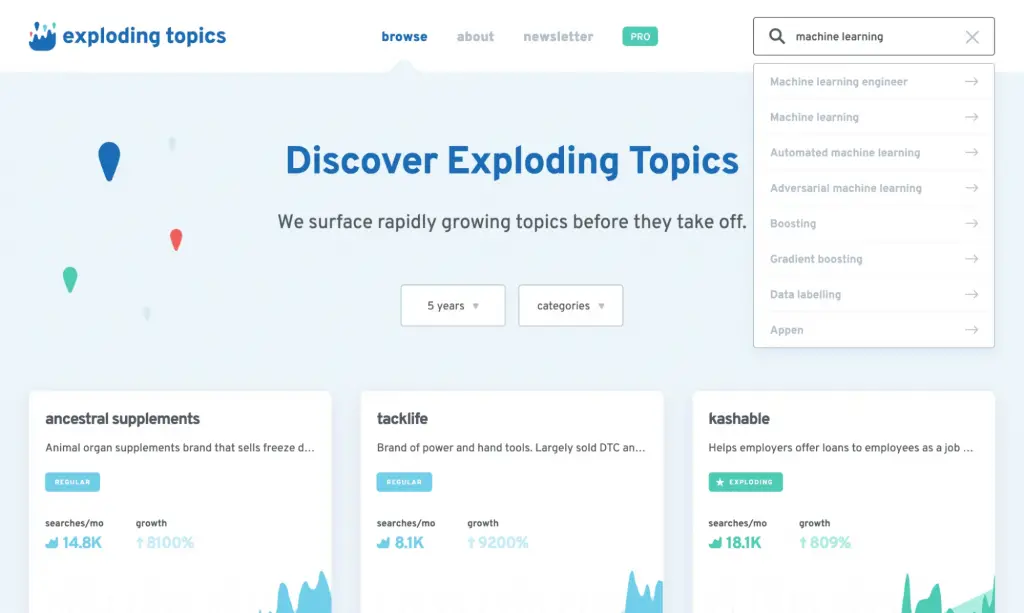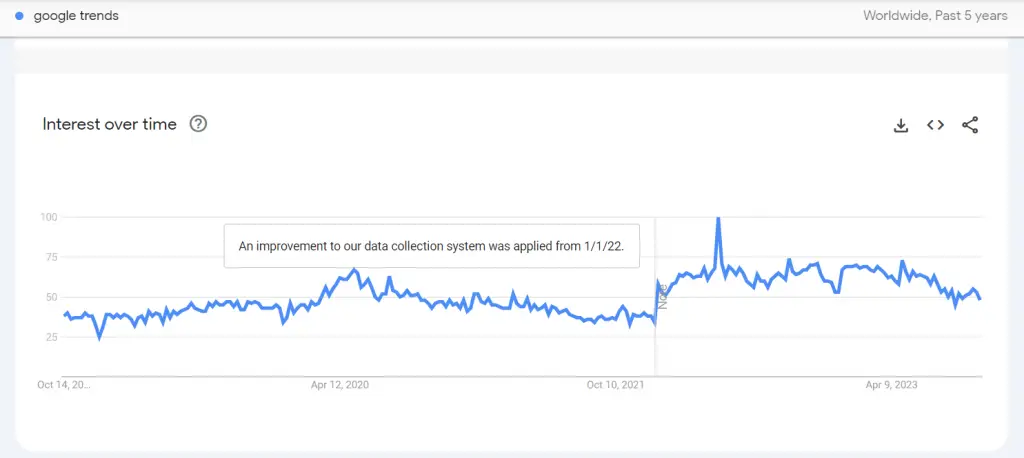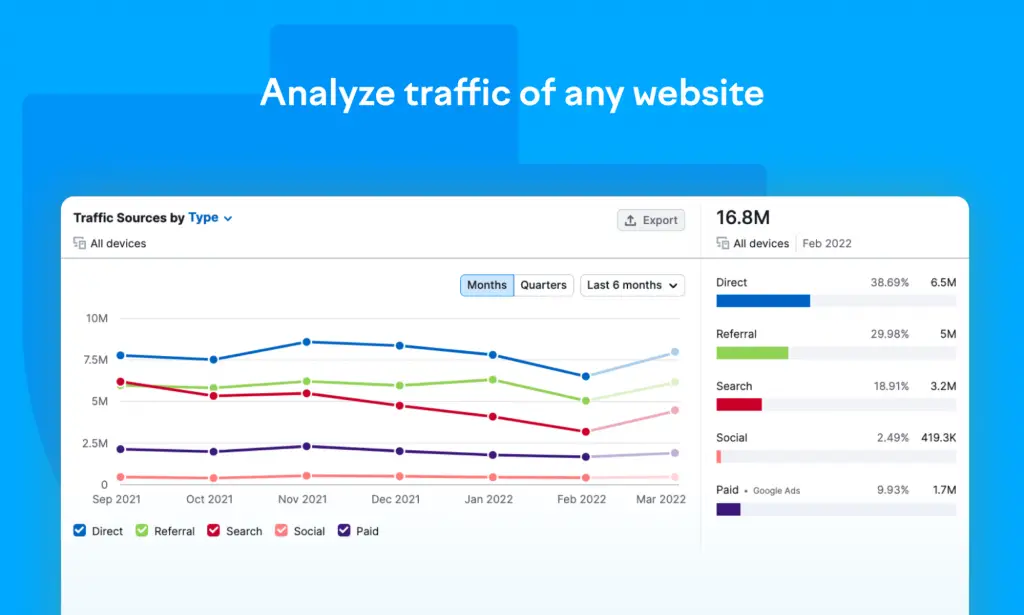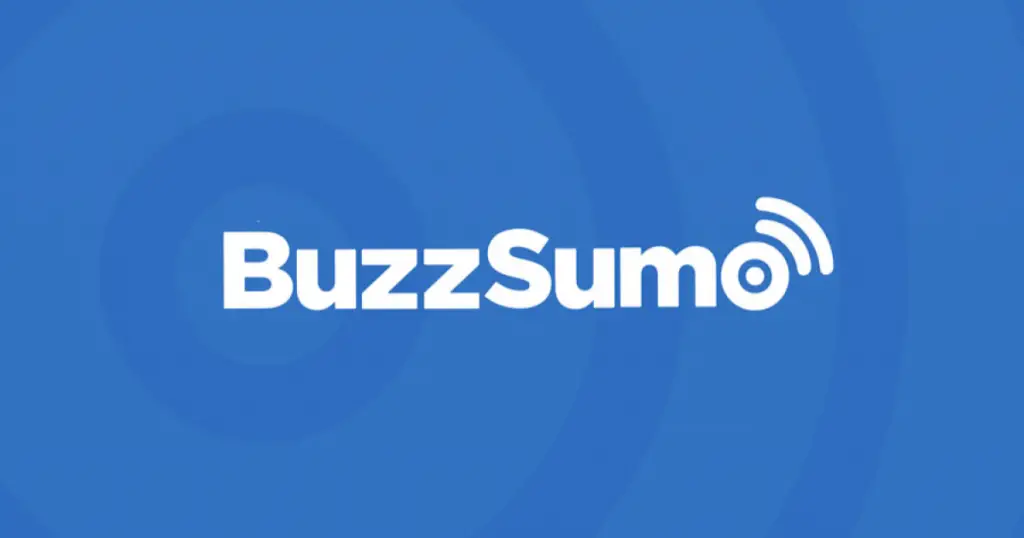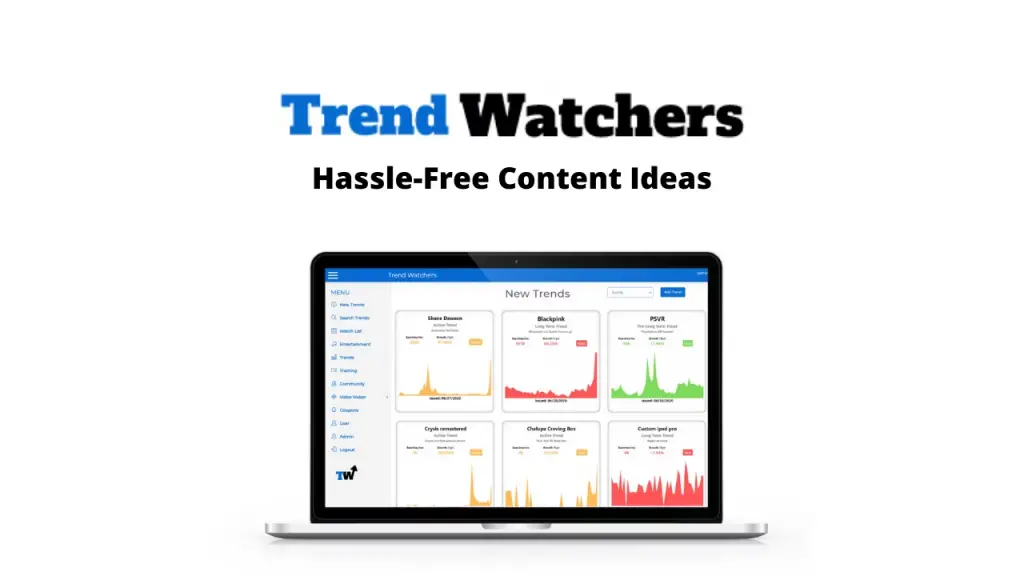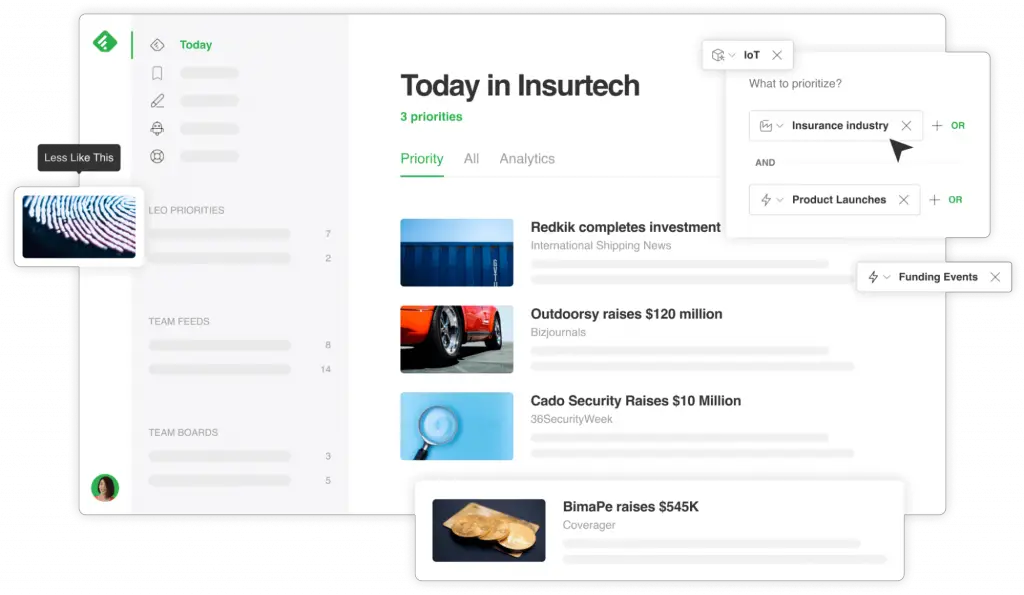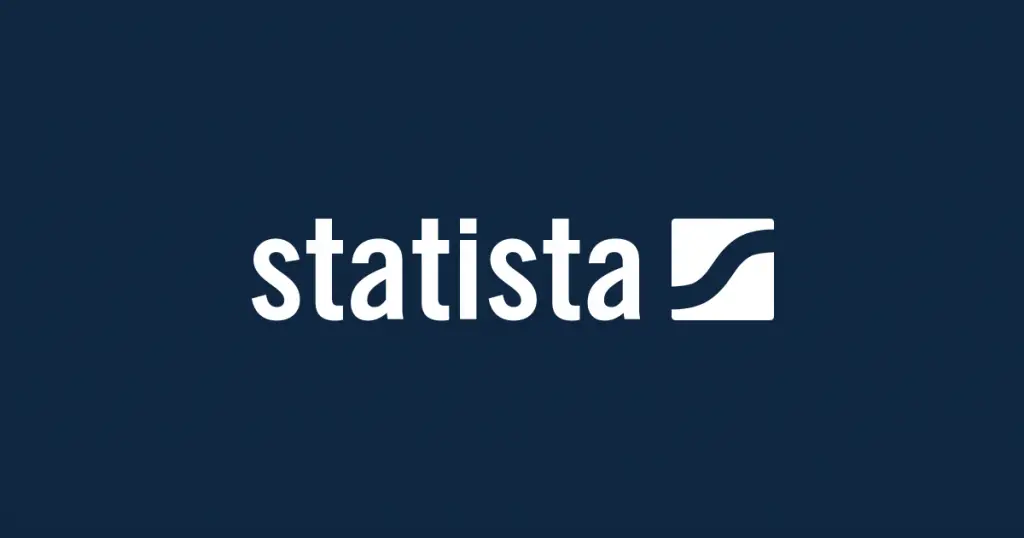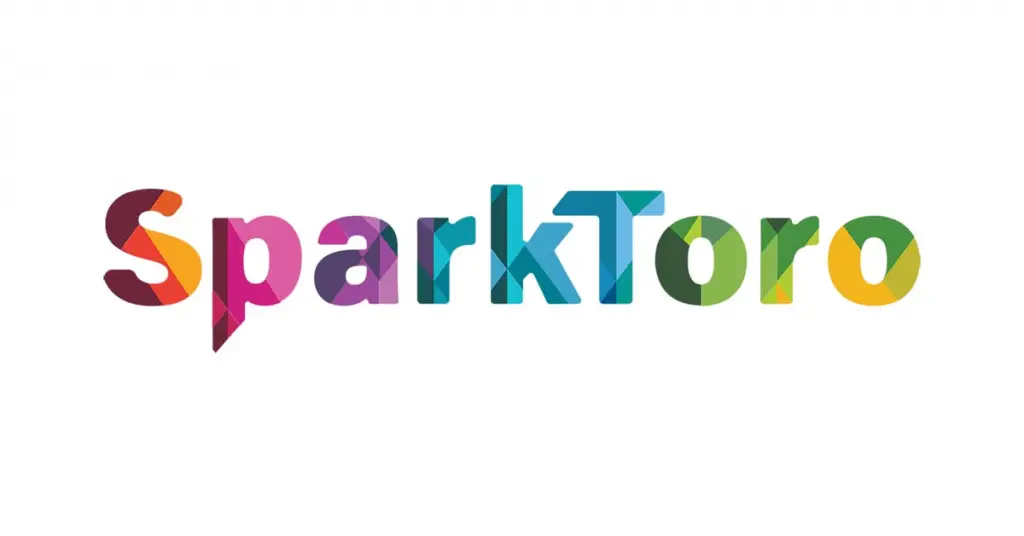Ever wished you could predict the next big trend? Discover how with the Best Tools for Finding Big Trends Before Others can help you stay ahead of the curve.
Identifying these trends efficiently remains a challenge for researchers. Today, we will tell you how leveraging cutting-edge market analysis tools can provide the edge in foreseeing trends.
Table of Contents
Overview
Let’s dive into 14 selected tools that stand as beacons for trend identification in academia. Each tool carries its unique strengths, aiding academia in distinct ways. By utilizing these trend tracking tools, you can navigate the ever-changing landscape with precision and foresight.
Best Tools for Finding Big Trends Before Others
#1. Exploding Topics
Summary
- Discovers emerging trends.
- Provides trend insights in various domains.
- Delivers comprehensive trend data.
Exploding Topics is a robust tool unveiling burgeoning trends across diverse sectors. Its power lies in swiftly identifying nascent trends, offering a crucial advantage to academia. By harnessing this tool, academics can adapt their research and curricula to align with evolving societal interests and demands.
How does it work?
- 1. Data Scanning. Exploding Topics looks through Google, Amazon, and more. It then spots topics gaining serious attention.
- 2. Long-Term Growth Assessment. This tool checks Google Search history and only pick trends that are in it for the long haul.
- 3. Human Analyst Review. Human experts ensure trends make business sense. Only the promising ones make the cut. You can see these trends in the Trends Database.
Benefits
- Timely awareness of emerging academic subjects.
- Enables proactive curriculum development.
- Enhances research relevance and funding opportunities.
By leveraging Exploding Topics, academia gains a sharp advantage in foreseeing emerging trends. This tool is a beacon of opportunity, enabling researchers and educators to anticipate shifts in societal interests swiftly. Stay ahead, adapt, and let academic endeavors resonate with the pulse of evolving trends.
How much does it cost?
- $79-$499 per month paid yearly
Source: https://explodingtopics.com/
#2. Google Trends
Summary
- Tracks search query popularity.
- Offers insights into global search trends.
- Provides data visualization for easy interpretation.
Google Trends emerged as a quintessential tool for tracking search trends globally. Its applicability to academia is profound, offering real-time insights into what subjects, questions, or ideas the world is currently engrossed with. Academics can align their research and educational content with these trends for maximum impact.
How does it work?
- 1. Data Collection. It collects data on search queries from Google’s vast user base.
- 2. Data Normalization. The data is normalized to account for variations in search volume and location.
- 3. Time Analysis. It analyzes the popularity of specific search terms over time, from the past hours to several years.
- 4. Geographic Analysis. Google Trends can provide regional and global insights, showing where a term is most searched.
- 5. Data Visualization. The results are presented as interactive graphs and charts, making it easy to visualize trends.
- 6. Keyword Comparison. Users can compare multiple keywords or topics to see their relative search interest.
- 7. Real-time Updates. Google Trends offers real-time data, reflecting current search trends.
Benefits
- Tailors market research to current search interests.
- Informs content creation for educational purposes.
- Enhances academic engagement and reach.
Google Trends isn’t just about search patterns; it’s a compass guiding academia through the vast ocean of information. Academic content aligned with current search interests holds sway. Embrace this tool, surf the waves of popular queries, and steer academic engagement towards relevancy and resonance.
How much does it cost?
- Free
Source: https://trends.google.com/trends/
#3. Semrush Trends
Summary
- Analyzes online marketing trends.
- Provides competitive intelligence.
- Offers data visualization and insights.
Semrush Trends specializes in unveiling online marketing trends, but its insights are highly transferable to academia. Understanding the trends in online engagement can assist academics in crafting research dissemination strategies, reaching a broader audience, and fostering collaboration.
How does it work?
- Gathers Clues. SEMrush collects search data from the web, like what people are typing into search engines.
- Keyword Investigation. You give it a keyword, and it starts digging.
- Trend history. It shows you how popular that keyword has been over time – like a popularity time machine.
- Location Clues. You can even see how popular it is in different areas, helping you tailor your strategy.
- Related Words. SEMrush might also suggest other words that are hanging out with your keyword.
- Spy on Competitors. You can peek at how your keyword stacks up against your competition.
- Future Insights. If it has a crystal ball (forecasting), it might predict where the keyword’s popularity is heading.
- Spot Seasons. You can catch patterns – like when a keyword gets more attention during certain seasons.
Benefits
- Enhances marketing strategies.
- Identifies potential collaboration opportunities.
- Enables informed decisions regarding academic outreach.
In the realm of academia, knowledge is power, and Semrush Trends bestows a mighty sword. Its insights into online market trends can empower academics to make informed decisions and navigate the digital landscape effectively. Seize the knowledge, harness the insights, and let academia conquer the online realm.
How much does it cost?
- $129.95 per month
Source: https://www.semrush.com/kb/1121-semrush-trends
#4. TrendWatching
Summary
- Monitors consumer trends.
- Provides trend reports and insights.
- Focuses on consumer behavior analysis.
TrendWatching is a treasure trove for academia, shedding light on evolving consumer preferences and behaviors. Academics can benefit by aligning their research or educational materials with these consumer trends, ensuring relevance and resonance with their target audience.
How does it work?
- Data Collection. Gathers data from diverse sources like social media, news, and reports.
- Data Processing. Aggregates and employs NLP for text data understanding. Performs quantitative analysis when necessary.
- Trend Identification. Detects patterns, keywords, and sentiments.
- Visualization. Creates visual representations for easy comprehension.
- Reporting and Alerts. Generates customized reports and alerts for users.
- Trend Tracking and Monitoring. Offers real-time and historical trend data.
- Customization. Allows users to tailor preferences.
- Actionable Insights. Requires users to interpret insights and take appropriate actions.
- Competitive Analysis. Helps monitor competitors’ trends.
Benefits
- Enhances consumer-centric academic research.
- Enables tailored curriculum to consumer preferences.
- Facilitates effective communication of academic insights to the public.
Understanding consumer trends is like reading the winds of change. TrendWatching offers this vital skill to academia. By decoding consumer behavior, academia can set sail in the right direction, creating research and educational content that aligns seamlessly with the evolving preferences of the audience.
How much does it cost?
- Free
Source: https://www.trendwatching.com/
#5. Buzzsumo
Summary
- Identifies trending content.
- Analyzes content performance.
- Provides insights on content engagement.
Buzzsumo’s proficiency in identifying trending content can be instrumental in academia. By understanding what content is currently capturing public attention, academics can tailor their research and communication strategies to align with popular discourse, amplifying their impact.
How does it work?
- It scans social media platforms to find top-performing content.
- The tool then presents data on the most shared and engaging content related to the search.
- Users can gather valuable data to inform their content strategy and marketing efforts.
Benefits
- Helps academics stay informed about public discourse.
- Tailors research and communication strategies.
- Enhances academic engagement and dissemination.
Trending content is the heartbeat of digital society, and Buzzsumo lets academia feel this pulse. By identifying what captures attention, academics can craft research and educational materials that resonate. Harness the trending wave, enrich academic content, and let knowledge make a resounding impact.
How much does it cost?
- $199-$999
Source: https://buzzsumo.com/
#6. TrendWatchers
Summary
- Specializes in broad trend analysis.
- Provides trend reports across various industries.
- Offers insights into cultural shifts.
TrendWatchers excels in broad trend analysis, making it an indispensable tool for academia. By comprehending broader societal and industry trends, academics can foresee research directions, adapt educational content, and align their efforts with societal shifts.
How does it work?
- Data Collection
Gathers information from various sources, including social media, surveys, and industry reports.
- Trend Identification
Identifies trends by analyzing patterns and consumer behavior.
- Analysis
Examines trends’ potential impact on businesses and markets.
- Reporting
Provides insights and reports to subscribers, helping them make informed decisions.
Benefits
- Facilitates proactive academic alignment with societal shifts.
- Enables research anticipation in relevant domains.
- Enhances research funding prospects.
TrendWatchers is the panoramic lens academia needs to survey the landscape of trends. Its broad trend analysis offers a comprehensive view, allowing academics to adjust sails and steer research endeavors in the most relevant and fruitful directions.
How much does it cost?
- $12 per month
Source: https://trendwatchers.co/
#7. Trend Hunter
Summary
- Helps you identify trends.
- Provides trend reports and insights.
- Focuses on disruptive innovations and creative ideas.
Trend Hunter stands as a beacon for academia, illuminating the path of innovative trend spotting. Academics can harness its capabilities to stay ahead in identifying disruptive trends, fostering innovation within research, and aligning with cutting-edge developments.
How does it work?
- Aggregates Content. It collects data from various sources, including social media, news, and industry reports.
- AI Analysis. Utilizes artificial intelligence to analyze and categorize trends.
- Trend Reports. Generates trend reports for businesses to stay updated and make informed decisions.
- Inspiration. Inspires creativity and ideation by showcasing emerging ideas and innovations.
- Trend Communities. Connects users to a network of trend enthusiasts and experts.
Benefits
- Inspires innovative thinking within academia.
- Fosters research in emerging, disruptive areas.
- Enables academic adaptation to evolving trends.
Innovation is the wind that propels academia forward, and Trend Hunter is the compass pointing the way. Academics can set sail confidently into uncharted waters of innovation, spotting trends that redefine paradigms and shape the academic landscape.
How much does it cost?
- Free
Source: https://www.trendhunter.com/
#8. Google News
Summary
- Best for current event trends.
- Aggregates news from various sources.
- Provides real-time updates on trending news.
Google News, a powerhouse of real-time information, is a must-utilize tool for academics. It grants instant access to trending news, allowing academics to incorporate current events into their research and educational materials swiftly.
How does it work?
- Google News aggregates news articles from various sources.
- It uses algorithms to categorize and rank articles.
- User preferences and browsing history influence the content displayed.
- Provides a personalized news feed.
- Links to the original articles and sources.
- Allows users to explore different topics and sources easily.
- Helps users stay informed and discover diverse news.
Benefits
- Enhances relevancy of academic content through current events.
- Enables timely responses to societal issues and trends.
- Facilitates up-to-date teaching and discussions in academia.
Current events are the tides that shape societal discourse. Google News, the tide tracker, equips academia to navigate these currents. By incorporating timely events into academic discourse, researchers can make waves of influence and inspire change.
How much does it cost?
- Free
Source: https://news.google.com/
#9. Feedly
Summary
- Best for aggregating trend-related content.
- Curates content from various sources and topics.
- Provides a seamless content browsing experience.
Feedly is a treasure trove for academia, aggregating trend-related content across diverse domains. Academics can streamline their trend research, collate relevant content, and stay informed about various trends shaping their fields.
How does it work?
- Users subscribe to websites and blogs.
- Feedly fetches new content from these sources.
- It organizes articles into a user-friendly feed.
- Users can read, save, or share articles.
- Offers customization and categorization features.
- Available on web and mobile devices for convenient access.
Benefits
- Simplifies trend research and content curation.
- Enhances productivity by centralizing trend-related information.
- Facilitates comprehensive trend awareness.
In the vast ocean of information, Feedly acts as the academic lighthouse. It aggregates trend-related content, guiding academia safely through the storm of data. Let academia find its course, anchored in the rich resources Feedly offers.
How much does it cost?
- $6 per month
Source: https://feedly.com/
#10. Statista
Summary
- Best for accessing statistical trends.
- Provides a vast database of statistics.
- Offers data visualization for easy interpretation.
Statista, a reservoir of statistical trends, is indispensable for academia. Researchers can delve into a wealth of data, extract insights, and substantiate their academic work with credible statistics, ensuring accuracy and relevance.
How does it work?
- Data Collection. Statista is like a massive online data library. It collects information from various sources, such as government reports, surveys, and market research.
- Data Processing. Once it gathers all this data, Statista cleans it up and organizes it neatly, making sure it’s accurate and easy to use.
- Database Management. All the data is stored in a structured way, so it’s easy to find and retrieve when you need it.
- User Interface. When you visit Statista’s website, you’ll see a user-friendly platform. It’s like a user-friendly library where you can search for information.
- Data Retrieval. When you type in a question or topic, Statista’s smart technology goes to work, finding the right data for you. It’s like having a helpful librarian who knows where everything is.
- Visualization. Instead of boring tables of numbers, Statista presents the data using cool charts and graphs. It makes understanding the information much easier.
- Access Control. Statista offers different levels of access through subscriptions. You can choose the one that suits your needs.
- Security. Your data’s safety is a priority. Statista uses security measures to protect your information.
- Updates. Statista keeps its library up to date. You’ll always find the latest information there, just like a constantly updated reference section in a library.
Benefits
- Enhances the credibility of academic research with reliable statistics.
- Enables evidence-based decision-making in academia.
- Facilitates comparisons and trend analysis through data visualization.
Numbers speak a universal language, and Statista provides academia with the vocabulary. By accessing statistical trends, academics can articulate research findings effectively, ensuring a clear and influential dialogue with both peers and the broader community.
How much does it cost?
- $0-$1,788 per year
Source: https://www.statista.com/
#11. Podcast Notes
Summary
- Best for podcast trend insights.
- Curates insights from various podcasts.
- Provides a centralized hub for podcast-related trends.
Podcast Notes emerges as a unique tool, offering a glimpse into the world of podcasts and their trends. Academics can extract valuable insights, aligning their research and educational content with the prevailing trends in this burgeoning medium.
How does it work?
- Data Collection: Gather podcast data, including titles, descriptions, and user metrics.
- NLP Analysis: Use NLP to extract keywords, topics, and sentiments from podcast content.
- User Behavior Tracking: Monitor how users interact with podcasts and summaries.
- Machine Learning: Train models to predict emerging trends based on data patterns.
- Industry Insights: Incorporate expert knowledge and industry trends.
- Curation: Create curated lists of trending podcasts and topics.
- Feedback Loop: Continuously refine trends based on user data and insights.
Benefits
- Enables academia to tap into the growing influence of podcasts.
- Enhances research relevance and engagement by aligning with popular podcast topics.
- Provides a platform for academic dissemination through podcasts.
The world is tuning into podcasts, and Podcast Notes opens the academic ear to this growing chorus. Academia can embrace the podcast wave, engaging a wider audience and translating research into a format that resonates with a modern, on-the-go society.
How much does it cost?
- From $0
Source: https://podcastnotes.org/
#12. SparkToro
Summary
- Best for audience trend analysis.
- Analyzes audience behavior and preferences.
- Helps in understanding audience segments.
SparkToro focuses on audience trend analysis, a crucial aspect for academia. By comprehending audience behavior and preferences, academics can tailor their research, communication strategies, and educational content to effectively reach and resonate with their intended audience.
How does it work?
- SparkToro collects data from social media, blogs, and websites.
- It analyzes this data to identify audience interests and behaviors.
- Users input their target audience or topic.
- SparkToro provides insights, showing where the audience engages online.
- Users can then tailor their marketing and content strategies to reach their desired audience effectively.
Benefits
- Enhances academic engagement by understanding the target audience.
- Enables personalized content creation for better academic outreach.
- Facilitates strategic decisions for academic branding and communication.
Understanding the audience is the compass for impactful communication, and SparkToro is the guide. By analyzing audience trends, academia can navigate the complex sea of public opinion, ensuring research and educational efforts find the right audience and make a lasting impact.
How much does it cost?
- $450 per month paid yearly
Source: https://sparktoro.com/
#13. Twitter Trending
Summary
- Best for real-time trends.
- Displays trending topics and discussions.
- Reflects current public interests.
Twitter Trending, a window into real-time trends and discussions, holds immense potential for academia. Academics can tap into these trends from social media platforms to contextualize research, engage in timely discussions, and contribute meaningfully to ongoing dialogues.
How does it work?
- Algorithms identify popular hashtags and phrases.
- Frequency and velocity of usage determine trends.
- Trending topics reflect current events and user engagement.
- Tailored to user preferences and location.
- Displayed prominently to encourage discussion and visibility.
Benefits
- Enhances research relevance through real-time trend alignment.
- Enables academia to engage with current public discourse.
- Facilitates collaboration and networking with like-minded professionals in trending areas.
Twitter Trending is the pulse of real-time discourse, and academia must attune to it. By following the trends on this dynamic platform, academia can join the global conversation, fostering engagement and relevance in an ever-evolving world.
How much does it cost?
- Free
Source: http://twitter.com/explore/tabs/trending
#14. Pinterest Trends
Summary
- Best for visual trend discovery.
- Analyzes popular visual content.
- Offers insights into emerging visual trends.
Pinterest Trends, focusing on visual content, is a unique tool for academia. Academics can gather insights into visual trends, which are increasingly vital in various research domains. This tool aids in aligning academic content with evolving visual preferences.
How does it work?
- Utilizes data analytics and machine learning to analyze user search and engagement data, predicting trends.
- Categorizes and understands user-generated content, aiding in trend identification.
- Segments trends based on location and region for geographical insights.
- Utilizes visualization tools to present trend data in an understandable format for users.
- Employs advanced search algorithms for quick and efficient trend discovery.
Benefits
- Enhances academic engagement through visual content alignment.
- Enables innovative representation of academic concepts in line with popular visuals.
- Provides a fresh perspective for academic communication.
In a world captivated by visuals, Pinterest Trends opens a new realm of academic expression. Academia can use this tool to create visually compelling content, communicating ideas in ways that resonate and engage in today’s visually-driven society.
How much does it cost?
- Free
Source: https://trends.pinterest.com/
Conclusion
These market trend analysis tools offer a robust foundation for trend anticipation and analysis. Each tool plays a vital role in steering academia towards relevance and timeliness.
We urge you to stay vigilant, stay trend-conscious, and let academic brilliance thrive in sync with the pulse of trends.


